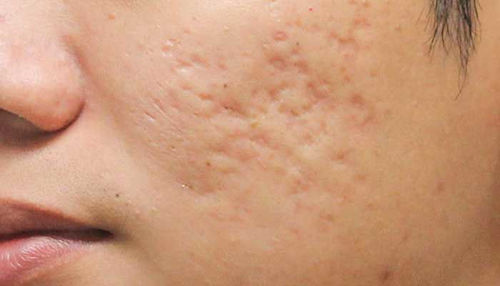Cough is the fifth most common reason for an adult to visit a doctor and one of the main reasons for visiting a pediatrician. It occurs in common winter respiratory diseases and is often the longest lasting symptom. A dry and irritating cough is usually followed by a wet or productive cough. When it lasts up to three weeks, we speak of an acute cough, and a chronic one if it lasts more than eight weeks.

It's a cough symptom in vital reflex , which helps us clear the lower respiratory tract (lungs, trachea, throat). On the other hand, a strong cough is exhausting and can cause vomiting, short-term loss of consciousness, muscle aches, rib fractures, hernias, or inability to hold urine. Sometimes the causes of it need to be found in other non-pulmonary disease states.
Mucus in the airways
The mucosa of the airways is covered with mucus (mucus), which is the first line of natural mechanical protection of the airways against the intrusion of foreign bodies into the body and is an important component of the innate immune system. It's simplified mucus diluted aqueous solution lipids, proteins and glycoconjugates (eg glycoprotein mucin ) and is formed by two layers (lower liquid and upper adhesive layer).
The formation of mucus can be increased due to various influences (infections, diseases, medications). Excessive formation or mucus hypersecretion it represents a blockage in the airways and is a risk factor for disease progression or worsening of disease outcome. This is especially true in patients with chronic respiratory diseases (asthma, COPD). In patients with COPD, a causal link between excessive mucus production and the risk of respiratory infections has been demonstrated.
The basic mechanism of mucus removal is mucociliary transport. If the mucus is fluid enough, this is not a problem. Excess or excessive mucus also tries to remove our body by coughing. In the case of a weakened cough reflex or too viscous mucus, it can begin to stagnate in the lungs. The stagnation of thick mucus reduces lung function and increases the risk of secondary respiratory infections, as mucus is a good breeding ground for microbes. Therefore, it is important to remove mucus from the airways as quickly as possible.
How can we speed up or facilitate the removal of mucus from the airways?
• Improving the flow properties of mucus - to make mucus thinner.
• Reducing the extent of airway obstruction.
• Improving the functioning of mucociliary transport, which pushes mucus towards the outlet.
• Encouraging coughing.
Pharmacological assistance in removing mucus from the respiratory tract
First of all, it is necessary to take care of sufficient hydration of the body (drinking large amounts of water or non-alcoholic liquids), and then we can also help ourselves pharmacologically - with mucoactive substances.
Mucoactive substances are:
EXPECTORANCES (R05CA) - drugs that accelerate expectoration e.g. guaifenesin, a leaf of the common ivy. They can be:
• secretolytic drugs that increase the secretion or soften secretions in inflammation of the respiratory tract and facilitate expectoration;
• secretomotor-accelerating secretion movement and expectoration in case of respiratory inflammation
MUCOLYTICS (R05CB) - substances that dissolve mucus and are used to facilitate expectoration of sticky excrement - e.g. acetylcysteine, bromhexine, ambroxol, dornase alpha.
Timely response to productive cough or respiratory infections:
• may reduce the risk of secondary infection,
• may reduce the number of episodes, intensity and duration of cough in children, thus allowing a milder course of acute respiratory infection.









